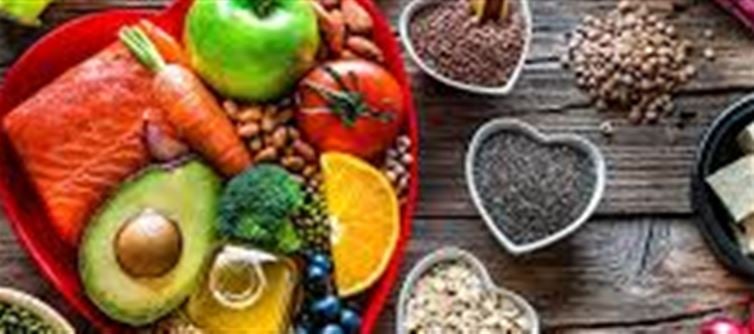
When considering heart health, the choice between consuming two meals or six meals a day often arises. Both approaches have their proponents, but their impacts on cardiovascular well-being can vary based on lifestyle, metabolism, and individual health needs.
Eating two meals a day typically aligns with intermittent fasting, a practice that restricts food intake to specific windows. Supporters argue that this method can help regulate insulin levels, promote fat burning, and improve metabolic health. By allowing longer periods without food, the body can focus on cellular repair and fat oxidation, which may contribute to a lower risk of heart disease. Moreover, fewer meals can lead to reduced calorie intake, potentially aiding in weight management—an essential factor in maintaining heart health.
On the other hand, consuming six smaller meals throughout the day can stabilize blood sugar levels and prevent the energy crashes that can accompany larger meals. This approach may also help individuals avoid overeating by keeping hunger at bay, promoting a balanced intake of nutrients and encouraging healthy food choices. For some, spreading meals throughout the day can facilitate better digestion and nutrient absorption, which are vital for overall heart health.
Ultimately, the better option depends on personal preferences and individual health circumstances. Factors such as age, activity level, pre-existing health conditions, and lifestyle habits play crucial roles in determining which eating pattern might be more beneficial. Consulting a healthcare professional or a registered dietitian can provide tailored guidance based on one’s unique situation.
In conclusion, both two meals and six meals have their merits and can be effective for heart health when approached thoughtfully. The key lies in focusing on the quality of food and maintaining a balanced diet, regardless of the number of meals consumed.
Disclaimer: This content has been sourced and edited from Indiaherald. While we have made adjustments for clarity and presentation, the unique content material belongs to its respective authors and internet site. We do not claim possession of the content material.
.jpg)




 click and follow Indiaherald WhatsApp channel
click and follow Indiaherald WhatsApp channel